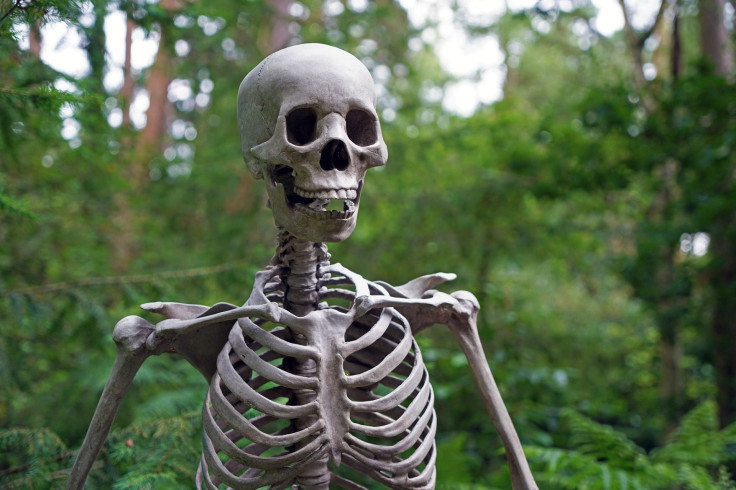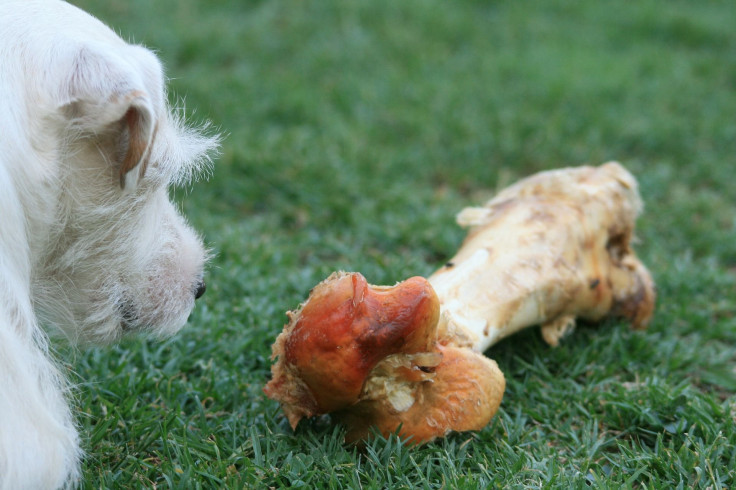Weird Medicine: When Your Heart Tissue Turns To Bone

It is with a heavy heart that we report this news: Your heart tissue can sometimes start turning to bone.
During a heart attack, blood flow gets blocked and cells die as they are deprived of oxygen, SciShow explains. Sometimes the heart tries to heal itself following the episode and ends up making mineral deposits, like calcium, that harden the heart, preventing it from properly conducting electrical signals — “and your heart can’t keep that smooth, steady beat,” host Michael Aranda says.
Researchers are still trying to understand how this process works so they can prevent it and treat it.
While the heart is a dangerous place for mineral deposits, it’s not the only part of the body where this sort of process can occur. Harvard Health Publications notes that calcium can build up in soft tissues like the breast. In most women, breast calcium deposits are benign and do not come with any symptoms — “you become aware of them only when mammography reveals white spots or flecks of various shapes and sizes.” In some cases, however, the calcium is associated with breast cancer. Sometimes they are caused by injury, when fat cells die through trauma, infection, radiation or a cyst and release fatty acids “that combine with calcium to form deposits,” Harvard says. Other places calcification can occur is in brain-related arteries in the neck and spine, which may be a risk factor for stroke, and in the tendons, which can then become inflamed, cause pain and limit movement.

Kidney stones are also the result of mineral deposits and buildup. Those compacted minerals and salts then travel down the urinary tract from the kidneys to the bladder, causing sharp pain, blood in the urine, nausea and frequent urination, among other symptoms. Calcium is a common mineral in kidney stones. Harvard explains that “people prone to kidney stones excrete about one-third more of their calcium intake in urine than people who don't have kidney stones.”
Published by Medicaldaily.com



























